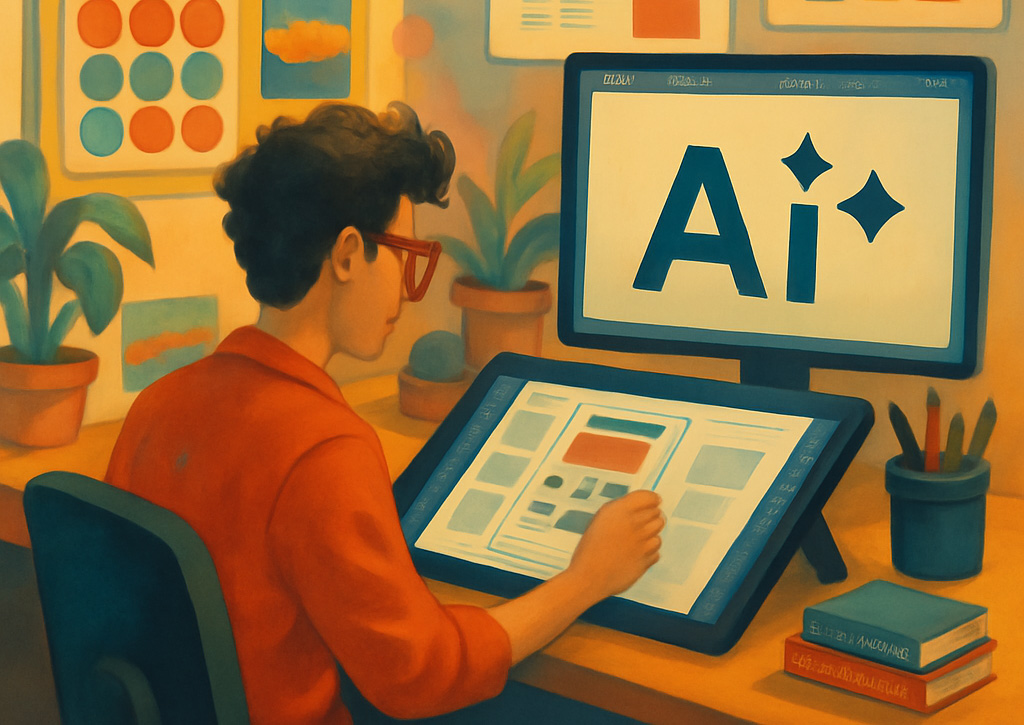Companies that prioritize UX don’t just create better products, they create better business outcomes. Let’s break down how UX directly impacts business success and why it should be a key focus for every organization.
1. Good UX Reduces Support Costs
A poorly designed experience leads to frustrated customers, and frustrated customers often reach out for support. This increases the workload on customer service teams and raises operational costs.
Real-World Examples
Jonas Paul Eyewear implemented an AI-driven chatbot to answer common customer inquiries. This reduced first response time by 96% and eliminated the need for temporary staff during peak seasons.
Source: GorgiasDr. Bronner’s integrated automation into their customer support system, cutting costs by $100,000 annually and resolving 45% of customer inquiries without human intervention.
Source: Gorgias
How UX Helps
- Clear FAQs and self-service options reduce the need for human support
- Effective onboarding experiences help users get started without confusion
- Well-designed error messages guide users to solve issues on their own
Takeaway for UX Designers
As UX designers, we have the power to design solutions that minimize friction and reduce the need for support. A well-placed tooltip, a better onboarding flow, or an intuitive dashboard can save companies millions in customer service costs.
2. UX Increases Conversions and Revenue
Every friction point in the user journey, such as slow loading times, confusing navigation, and unclear CTAs, reduces the chances of a sale. Companies that optimize UX see higher conversion rates and more revenue.
Real-World Examples
Amazon mastered UX with features like one-click ordering and personalized recommendations, significantly increasing conversion rates.
Source: Rajjha BlogWalmart revamped its e-commerce experience in 2018, making it more intuitive. The result was a 43% increase in online sales.
Source: Fortune
How UX Helps
- Faster, simpler checkout flows reduce cart abandonment
- Well-placed calls-to-action (CTAs) improve conversion rates
- Optimized mobile experiences ensure seamless transactions on any device
Takeaway for UX Designers
We should always think beyond aesthetics and focus on usability and conversion optimization. Simple improvements like a more visible CTA, a clearer product page, or an easier checkout process can dramatically impact revenue.
3. Better UX Increases Customer Retention
Acquiring new customers is expensive, but retaining them is much more profitable. If your product is easy, intuitive, and enjoyable, customers keep coming back instead of switching to competitors.
Real-World Example
- Spotify focuses on personalized user experiences, from curated playlists to seamless cross-device transitions. This has contributed to 300+ million active users worldwide.
Source: MarketWatch
How UX Helps
- Personalized experiences make users feel valued
- Cross-platform consistency keeps users engaged on different devices
- Smooth interactions create positive habits that drive loyalty
Takeaway for UX Designers
Retention isn’t just a business goal, it is a UX challenge. How can we design experiences that make users want to return? We should focus on habit formation, personalization, and emotional engagement to keep users coming back.
4. UX Differentiates a Brand
In competitive industries, products with great UX stand out. If your product is easier, faster, or more enjoyable to use, people will choose it over the competition.
Real-World Examples
Airbnb redesigned its UX to highlight high-quality images and simplify booking. This led to a 200% increase in bookings.
Duolingo made learning languages fun with gamification. By focusing on engaging UX, they built a global user base of over 500 million.
How UX Helps
- Intuitive interfaces make products easy to use
- Unique experiences create brand loyalty
- Trust-building design ensures users feel safe and confident
Takeaway for UX Designers
Our job as UX designers is to make our products stand out. We should think beyond usability and design experiences that feel unique, engaging, and memorable.
5. UX Delivers Measurable ROI
Good UX is a smart business investment. Studies show that every $1 spent on UX returns $100 in ROI (a 9,900% return).
Real-World Example
- Bank of America launched the “Keep the Change” UX-driven feature, where purchases were rounded up to savings. Within a year, they gained 2 million new customers, and users saved over $2 billion collectively.
Source: This Is Design Thinking
How UX Helps
- Increases conversions by making tasks effortless
- Reduces development costs by catching issues early
- Boosts customer lifetime value (CLV) by creating positive experiences
Takeaway for UX Designers
When advocating for UX improvements, use data. Show stakeholders how small UX changes can lead to big business results.
Why UX Should Be a Business Priority
UX isn’t just about making things look pretty, it is about creating seamless, enjoyable, and valuable experiences for users.
- Better UX increases revenue
- Better UX lowers support costs
- Better UX improves customer retention
- Better UX sets brands apart from competitors
As designers, we should take advantage of this. The more we understand the business impact of our work, the more influence we have. UX is not just about users, it is about creating value for businesses.







